
Bob’s Blog
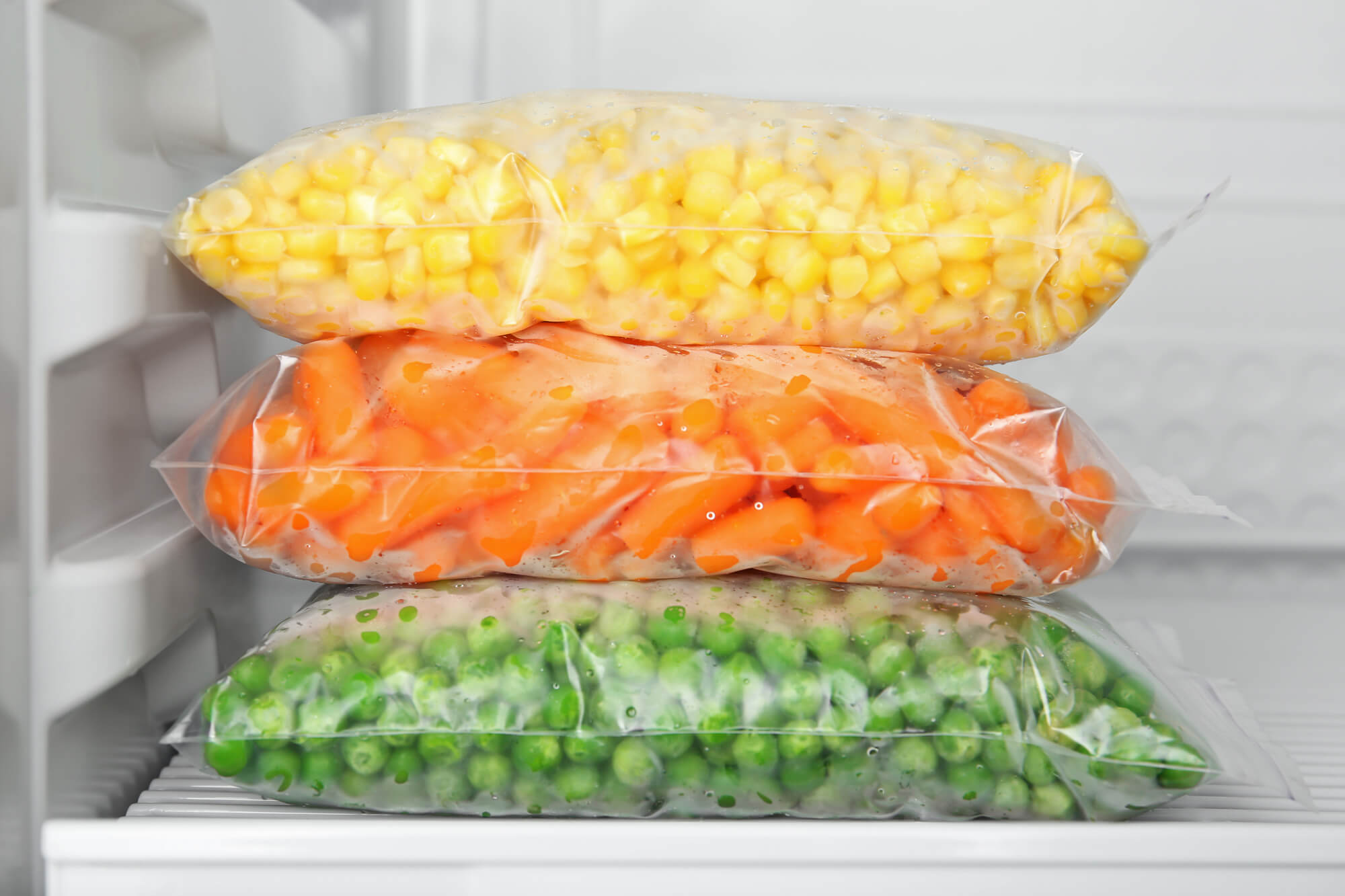
The Basics of Freezing Produce
Freezing is an excellent way to preserve fresh vegetables at home. Freezing does not sterilize food; the extreme cold simply retards growth of microorganisms and slows down changes that affect quality or cause spoilage in food.
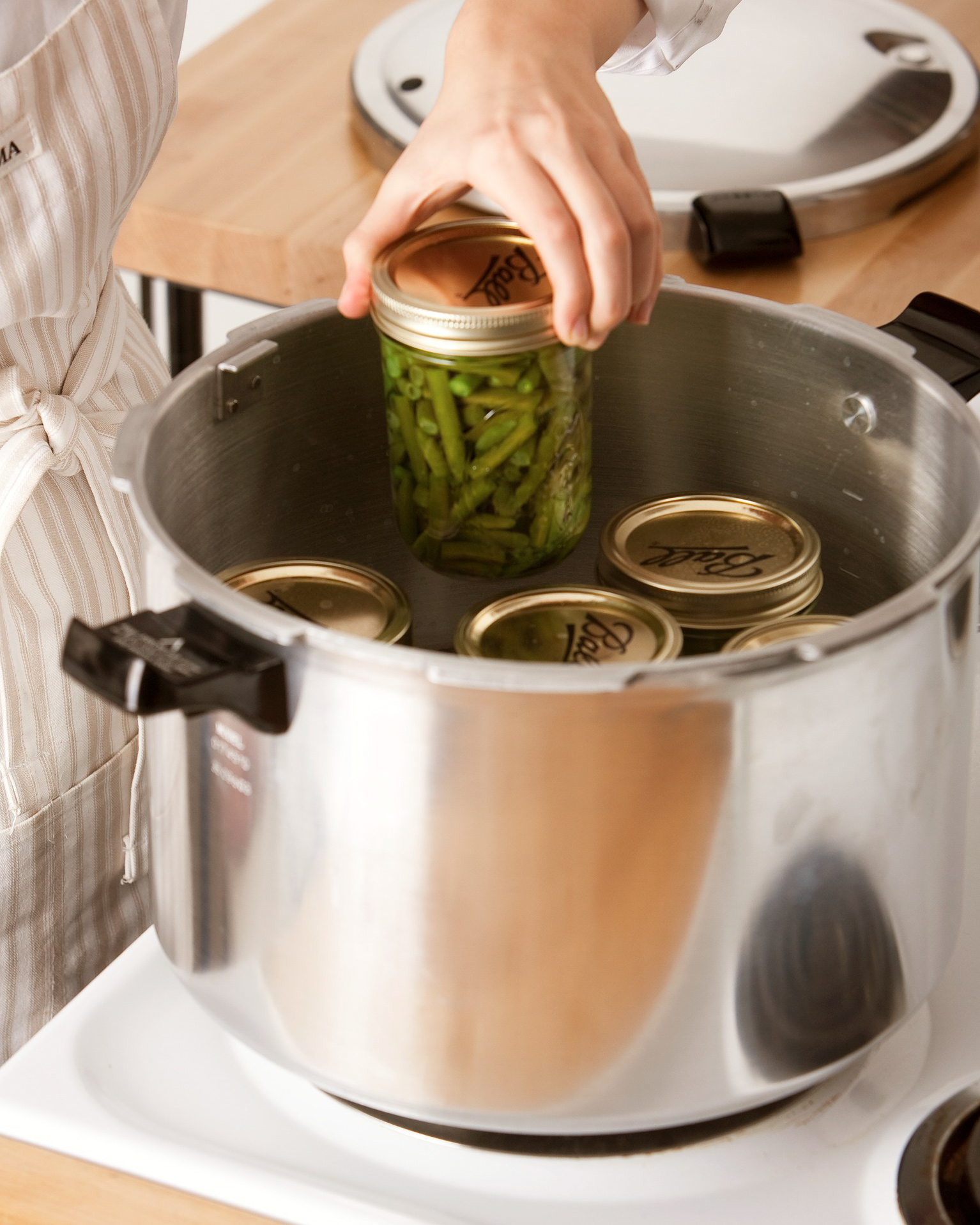
Pressure Canning Basics
Pressure canning is the only safe method of preserving low-acid foods. Low-acid foods include vegetables, meats, fish, and poultry. Pressurized steam creates the needed temperature of 240 degrees Fahrenheit or higher that will destroy the bacterial spores naturally present in these foods. As the jars cool, a vacuum is formed, sealing the food in the jars and preventing any new microorganisms from entering and spoiling the food.
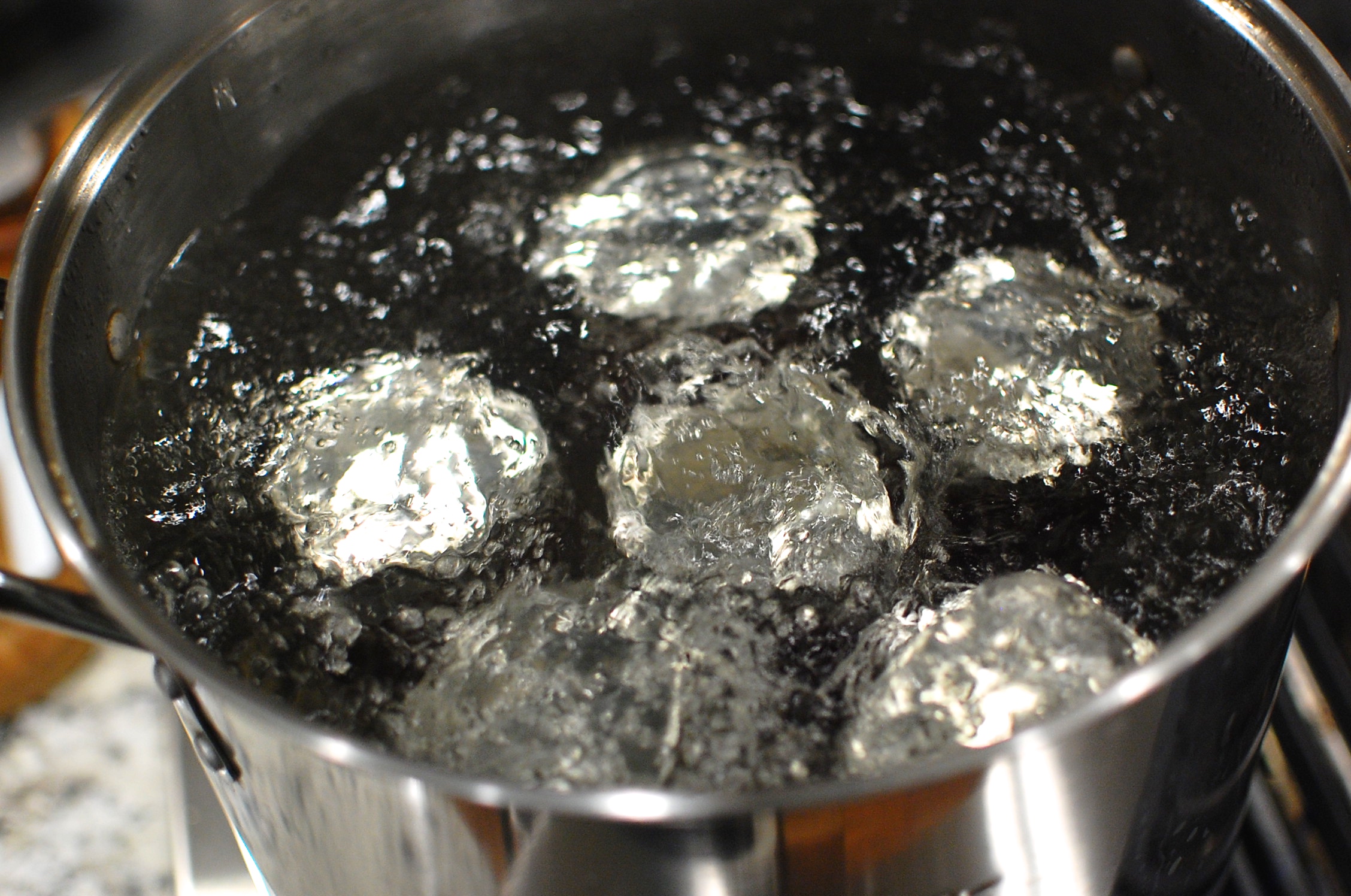
Water Bath Canning Basics
The tasty high-acid menu includes choices ranging from sweet to savory. Fruits, fruit juices, jams, jellies and other fruit spreads, salsas, most tomatoes, pickles, relishes, chutneys, sauces, vinegars and condiments are among items safely preserved using the water bath canning method. Because these common foods contain high amounts of acid or the recipe incorporates the correct balance of acid, water bath canning is the recommended method.

Easy Grape Juice
Grapes are perhaps one of the easiest fruit crops to grow. Once established they are easy to maintain with occasional training of vines and seasonal trimming. It takes newly planted grapes about three years to produce their first good crop.
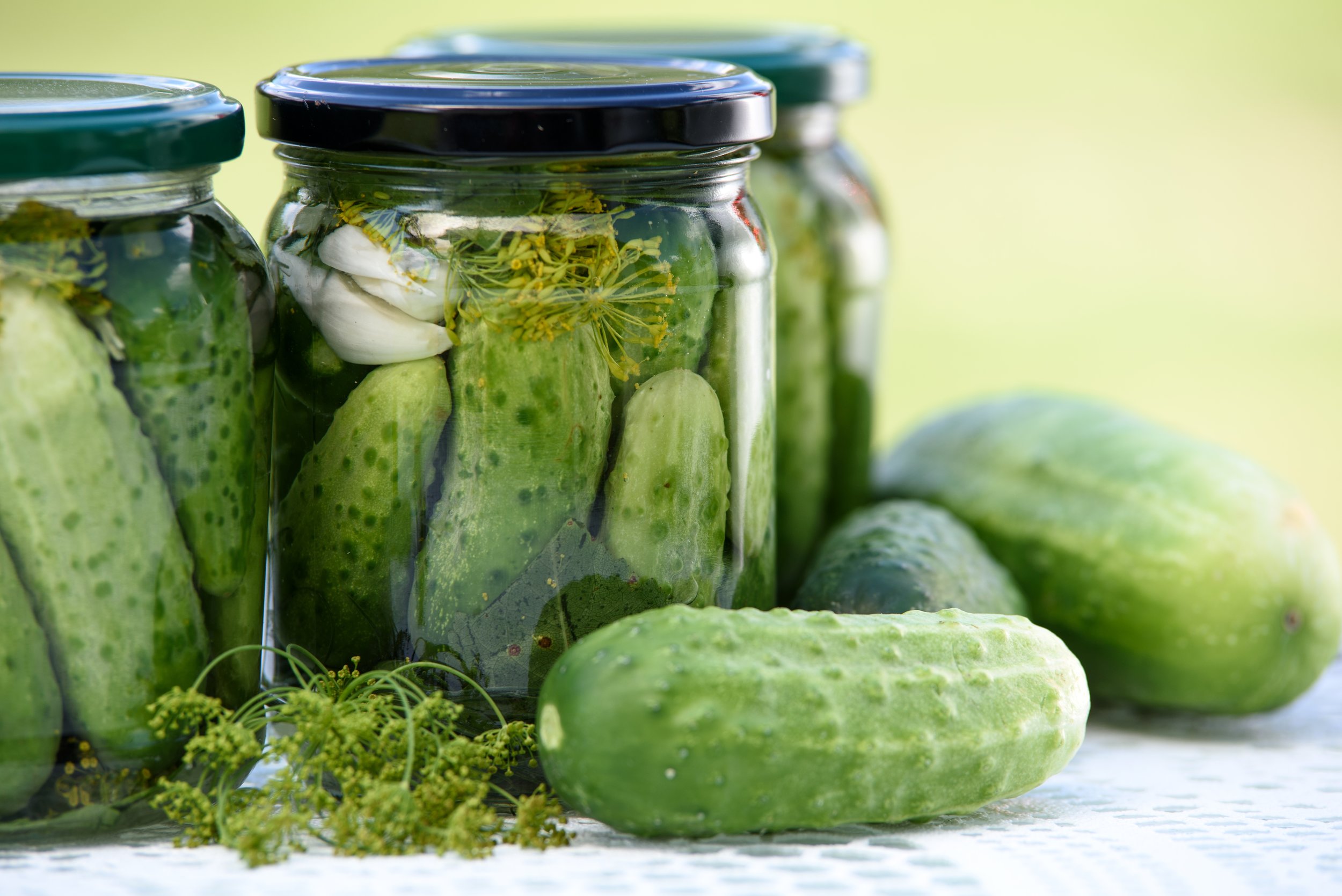
History in a Pickle
With canning season upon us, we’re going to take a look at how to preserve your harvest over the next few weeks. There’s no better place to start than with one of the first known preservations methods. Do you like your pickles sour or sweet? Let us know in the comments.
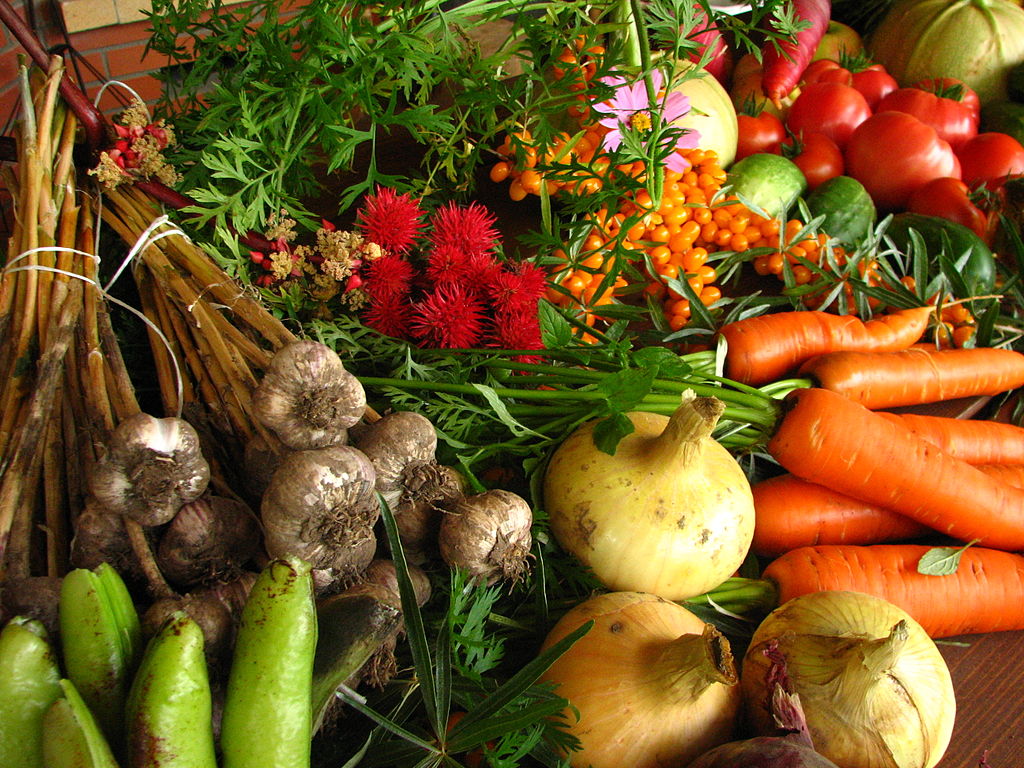
Bountiful Tips
Harvest time is here, and now you realize you planted waaay too much. With tons of tomatoes, bushels of beans, and zillions of zucchinis, you might feel like there is more than you can use. Here are some ideas for getting the most out of the most you’ve ever grown.
